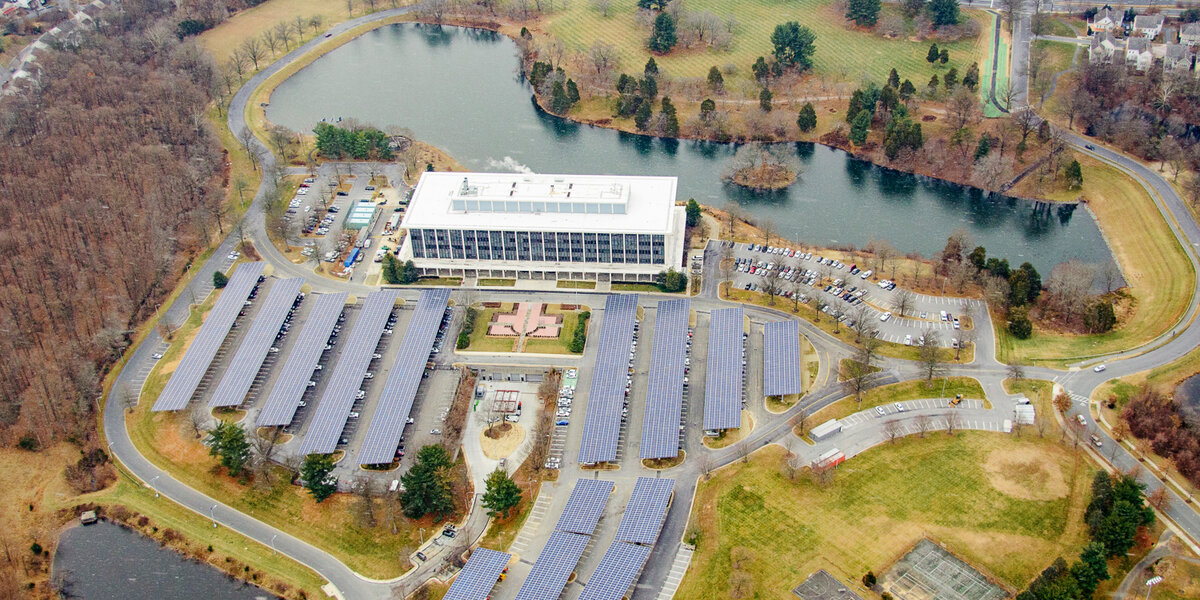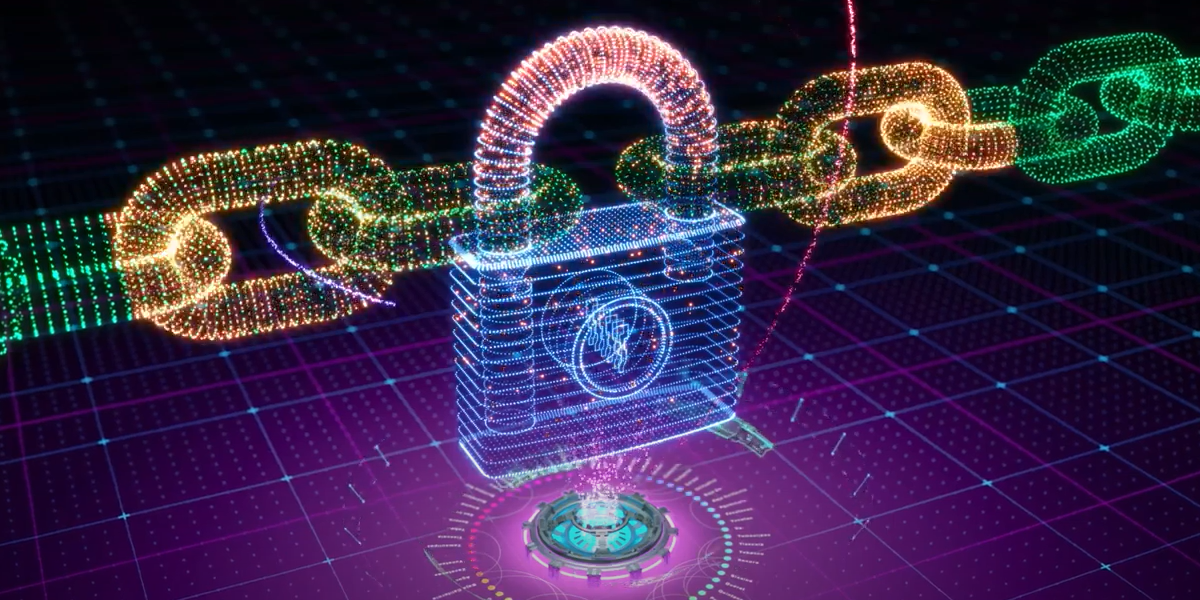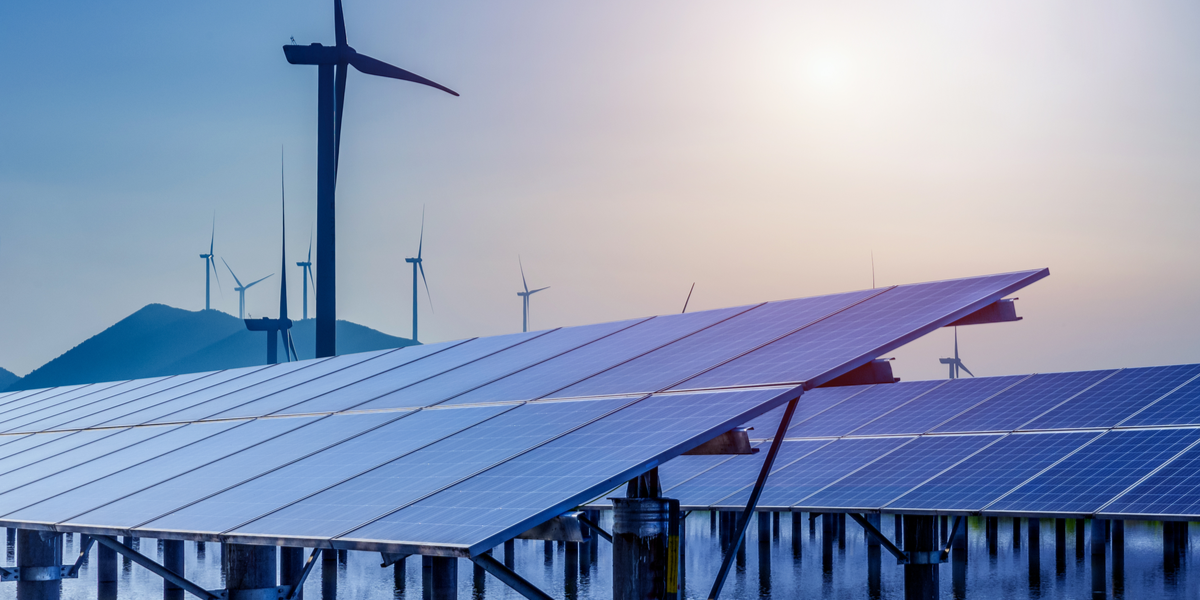Microgrids for Resilience, Yes. But Don’t Overlook Their Efficiency Potential.
Let's Save Energy
Alliance to Save Energy's Blog
Microgrids for Resilience, Yes. But Don’t Overlook Their Efficiency Potential.

Microgrids have received a lot of buzz in recent years, and with good reason: Microgrids are smack in the middle of trends including digitalization, decarbonization, and demand flexibility that are enabling a more resilient, flexible, and efficient energy system. As the Alliance’s Active Efficiency Collaborative explores the innovations unlocking new potential in the world of energy efficiency, here’s a look at what microgrids are and what’s ahead for their implementation.
What exactly is a microgrid?
A microgrid is a local energy grid whose defining feature is its ability to “island” – meaning while it is typically connected to the traditional, large-scale grid that powers homes and businesses across the country, it can also disconnect and operate autonomously. Beyond that, the specifics of microgrids vary widely depending on their purpose. Autonomous operation could be powered by a generator, batteries, or renewable resources like solar panels; it may connect and disconnect from the grid automatically or manually; and it can power assets from as small as a single building to as large as a city.
Why would you want to disconnect from the grid?
The benefits of microgrids are numerous and only growing, but a main benefit is resilience. When the traditional grid goes down or needs to be repaired, everyone connected to it loses power. A microgrid can island itself in these events and keep the power flowing. This is especially important for critical infrastructure like hospitals and military bases, and is of growing urgency as climate change affects the frequency and intensity of natural disasters.
How do microgrids relate to energy efficiency?
Like many technologies, microgrids do not guarantee that energy will be used more efficiently; but if deployed with Active Efficiency in mind, they can be a powerful tool to minimize energy waste. For example, our current centralized utility model tends to generate significant transmission and distribution losses (about 5%) due to the nature of physics and the long power lines that connect generation to consumers. Microgrids can reduce transmission losses as the source of generation is closer to the end-user. Further transmission savings (between 7-30%) are possible in microgrids that use direct current (DC) power from the generation source – rather than converting back and forth between DC and alternating current (AC) as many power systems do today.
Energy efficiency can also capitalize on the resilience benefits of microgrids: reducing energy waste ensures that a microgrid operates efficiently and effectively, minimizing the on-site generation capabilities required. For example, a hospital that has taken traditional energy efficiency measures such as upgraded HVAC, insulation, lighting, and windows will require less of its microgrid during autonomous operation – allowing microgrids with a limited fuel supply to operate longer or reducing the amount of (expensive) generation equipment that must be purchased at the project outset.
What’s the state of microgrids in the U.S. today?
As of 2020, there are more than 6,600 planned or installed microgrid projects in the United States, representing nearly 32,000 MW of power capacity. While this represents a small fraction (0.03%) relative to U.S. utility-scale generating capacity as a whole, the market is growing quickly, with North America the global leader. Two of hundreds of examples that showcase microgrids’ potential are Montgomery County, Maryland, where microgrids installed by Schneider Electric offer resilience to critical facilities while producing enough electricity to power 750 homes and saving 6,800 metric tons of GHG emissions each year, and Princeton, New Jersey, where Siemens powers its North American headquarters with a microgrid to serve as a “living lab” for research.
How do microgrids further Active Efficiency?
Microgrids are one of a number of technologies redefining what energy efficiency looks like – but even more significantly, they are perfectly suited for integration with other efficiency strategies. For example, microgrids can be optimized with digital tools such as artificial intelligence, IoT products, and smart meters to monitor energy consumption and determine when to island; utilize combined heat and power (CHP) plants to recycle waste heat; and enable efficiency gains in the transportation sector by building power capacity for electric vehicles and allowing charging during outages.
By combining new and traditional energy efficiency measures and driving cross-cutting benefits, microgrids can be a key part of the energy transition and moving toward an Active Efficiency world. While challenges remain for widespread implementation, including initial cost and a patchwork regulatory framework, a forward-looking vision that emphasizes efficiency gains can scale up microgrid’s potential.
STAY EMPOWERED
Help the Alliance advocate for policies to use energy more efficiently – supporting job creation, reduced emissions, and lower costs. Contact your member of Congress.
Energy efficiency is smart, nonpartisan, and practical. So are we. Our strength comes from an unparalleled group of Alliance Associates working collaboratively under the Alliance umbrella to pave the way for energy efficiency gains.
The power of efficiency is in your hands. Supporting the Alliance means supporting a vision for using energy more productively to achieve economic growth, a cleaner environment, and greater energy security, affordability, and reliability.



